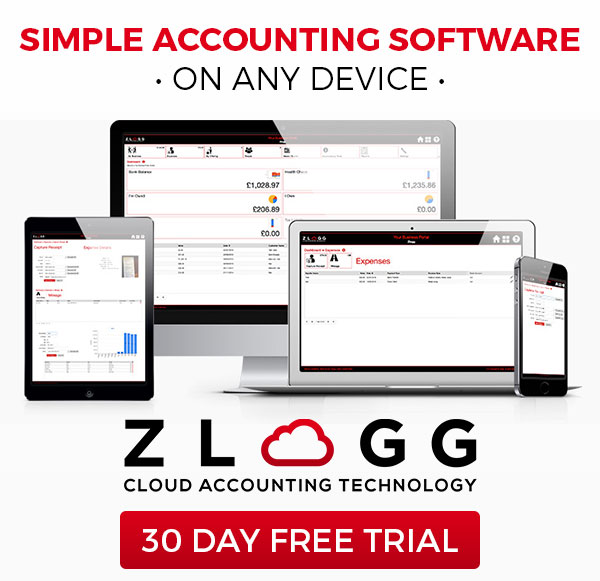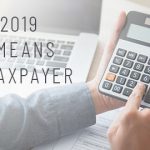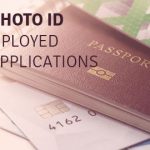How to pay tax when you’re self-employed
Many first time self-employed people aren’t sure of how they pay tax now they’ve taken that leap of faith! For years you’ll have been used to paying tax simply through your PAYE payslip at the end of each month, but now you’re self-employed you’ve heard about ‘The Tax Man’ and know if you don’t pay taxes then you’re in serious trouble! So how does it all work in the world of self-employment? Well my friends, it’s nice and simple!
Firstly, you’ll complete your Self-Assessment Tax Return at the end of each financial year, deadlines for completion are:
- 31st October if you complete the paper version
- 31st January if you complete the online version
This self assessment is where you’ll put in all the details of your income and expenditure throughout the year and upon completing this return, you’ll know how exactly much tax you owe the government. Simple! You then have until Midnight on the 31st January to pay all the tax you owe – which now includes your National Insurance payment as well so don’t worry about that!
And that’s it, it really is that simple. However here’s my top tip:
Now that you don’t automatically have your tax coming out of each payment you’re going to need to start putting money aside ready for your tax bill at the end of the year. So my advice is two-fold:
- Keep 20% – 30% of all taxable profit in a seperate bank account so you can’t touch it and know it’s there when the tax bill comes
- This seperate bank account should be something like a ‘Cash ISA’ where you know it’ll be gaining about 1% interest every month – meaning you’re tax savings are making additional free money at the same time! Win win.














Share On